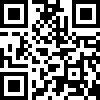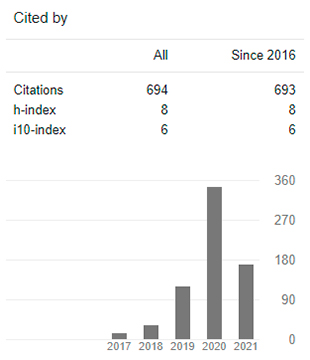Innovation of the Teaching Practice in the UNAE, Ecuador recurring to Web 2.0
DOI:
https://doi.org/10.29394/Scientific.issn.2542-2987.2018.3.7.7.140-154Keywords:
pedagogical innovation, pedagogical research, educational technologyAbstract
In this paper is socialized an innovative approach of teaching practice developed at the Universidad Nacional de Educación (UNAE) in the Society and Culture subject. It was identified that students had difficulty to understand problematic disciplines such as historical time, multi-causal explanation, collective actors, among other topics. In the logic of action research, in the collective subject Teachers was created a learning community as a management strategy for the innovation of teaching practice. To address the problem, the Lesson Study methodology was used. The teaching-learning processes were guided by the pedagogical-methodological principle of the overturned classroom and the pedagogical approaches of the Pedagogical Model of UNAE, such as constructivism, enactivism and connectivism. The objective was to innovate the teaching practice to develop the comprehension of fundamental curricular topics of History taking advantage of the educational potential of the Web 2.0.
Downloads
References
Asamblea Constituyente (2008). Constitución Política del Ecuador. Montecristi, Ecuador: Registro Oficial 449, 20 de octubre.
Comisión Gestora de la Universidad Nacional de Educación (2015a,b,c). Modelo Pedagógico. Azogues, Ecuador: s.e.
Granados J, López R, Avello R, Luna D, Luna E, Luna W. (2014). Las tecnologías de la información y las comunicaciones, las del aprendizaje y del conocimiento y las tecnologías para el empoderamiento y la participación como Instrumentos de apoyo al docente de la universidad del siglo XXI. Cuba: Medisur, 12(1), págs. 289-294. [Revista en Internet]. Recuperado de: http://medisur.sld.cu/index.php/medisur/article/view/2751
Maldonado, M. (2009). Aprendizaje Basado en Proyectos Colaborativos. Una experiencia en educación superior. Venezuela: Laurus, 28, págs. 158-180.
Ministerio de Educación del Ecuador (2010). Actualización y Fortalecimiento Curricular de la Educación General Básica. Quito, Ecuador: s.e.
Ministerio de Educación de Ecuador (2012). Lineamientos curriculares para el bachillerato general unificado. Quito, Ecuador: Mineduc.
Peña, J. (2017). Creación de una Unidad de Apoyo Docente que Integran la Tecnología Digital para el Diseño de Medios Didácticos. Revista Scientific, 2(5), 66-85. Recuperado de: https://doi.org/10.29394/scientific.issn.2542-2987.2017.2.5.4.66-85
Pérez, A. (2012). Educarse en la era digital. Madrid, España: Morata.
Sancho, J. (2008). De TIC a TAC, el difícil tránsito de una vocal. Investigación en la escuela 2008, págs. 19-30.
Sanz, S. & Pérez, M. (2009). La metodología de la Flipped classroom. Valencia, España: s.e.
Sistema Nacional de Nivelación y Admisión (2014). Microcurrículo por áreas de conocimiento. Quito, Ecuador: s.e.
Soto, E. y Pérez, A. (2014a,b,c,d). Las Lesson Study ¿qué son? Cuadernos de pedagogía. España: Universidad de Málaga, págs. 1-9.
Vallejo, R. (2008). En Manual II de Historia del Ecuador. Quito, Ecuador: Corporación Editora Nacional.
Published
How to Cite
Issue
Section
License
Copyright (c) 2018 INDTEC, C.A.

This work is licensed under a Creative Commons Attribution-NonCommercial-ShareAlike 4.0 International License.
The content of the journals of this site, are under a Creative Commons Attribution-Noncommercial-Share Alike 4.0 International License.













